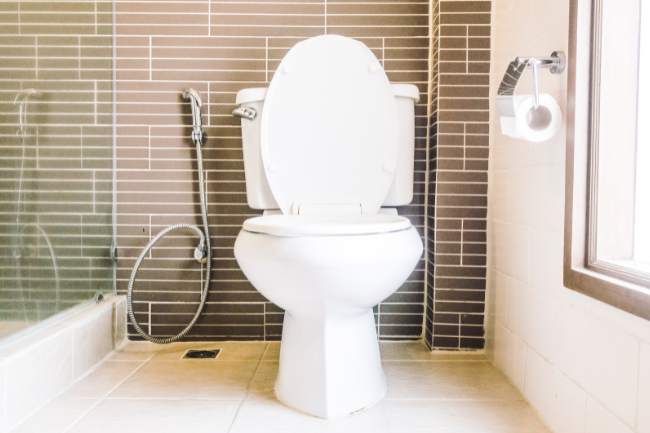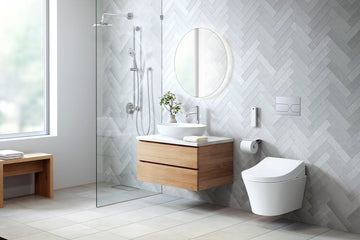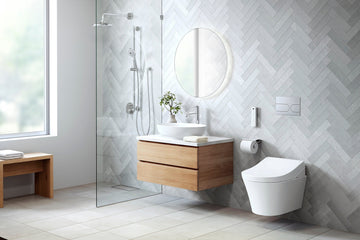In recent years, the push towards sustainable living has gained significant momentum. One of the critical areas where homeowners can make a substantial impact is within their own bathrooms by upgrading to high-efficiency toilets (HETs). The benefits of upgrading to a high-efficiency toilet extend far beyond just water savings, offering a plethora of advantages that resonate strongly with those involved in industry quality assurance.

Understanding High-Efficiency Toilets
To comprehend the benefits of upgrading to a high-efficiency toilet, it's essential first to understand what makes these toilets different. Traditional toilets use a significant amount of wateroften between 3.5 to 7 gallons per flush. In contrast, HETs use no more than 1.28 gallons per flush, which is a significant reduction. This drastic cut in water usage is key to their efficiency and environmental friendliness.
Significant Water Savings
One of the most immediate and obvious benefits of upgrading to a high-efficiency toilet is the substantial water savings. By switching to an HET, a family of four can save approximately 16,000 gallons of water per year. This not only helps in conserving a precious resource but also reduces the water bill significantly. For industries and large facilities, the savings can be even more pronounced, making HETs an attractive option for quality assurance teams focused on sustainability.
Moreover, with increasing water scarcity issues, using HETs aligns with global efforts to conserve water. Many regions offer incentives or rebates for installing water-saving fixtures, and investing in an HET could make you eligible for such programs. For more information on rebate programs, check out water-saving toilet rebate programs.
Cost-Effectiveness and Long-Term Savings
While the initial cost of purchasing and installing a high-efficiency toilet might be higher than a traditional one, the long-term savings on water bills can more than make up for this. This makes upgrading to an HET a financially sound decision, especially for industries looking to cut operational costs. Over time, the savings accrued from reduced water bills can lead to a full return on investment, making it a wise choice for budget-conscious consumers.
Furthermore, the durability and low maintenance of HETs add to their cost-effectiveness. They are designed to operate efficiently for many years, requiring fewer repairs and replacements compared to older toilet models.
Environmental Impact and Sustainability
Every flush with a high-efficiency toilet means less water is drawn from natural resources, leading to a reduced carbon footprint. This is particularly important for industries aiming to meet environmental regulations and promote sustainable practices. By choosing HETs, businesses can demonstrate their commitment to environmental stewardship, which can enhance their brand image and appeal to environmentally conscious consumers.
HETs can also contribute to achieving certification from environmental programs such as LEED (Leadership in Energy and Environmental Design), which can be a significant advantage for businesses seeking to improve their eco-friendly credentials.
Improved Performance and Modern Design
Gone are the days when water-saving toilets were associated with poor performance. Modern high-efficiency toilets are engineered to provide powerful and efficient flushing mechanisms, ensuring that they perform just as well, if not better, than their traditional counterparts. This enhanced performance is a crucial aspect for quality assurance professionals who prioritize both efficiency and reliability.
Additionally, HETs come in a wide range of designs and styles, allowing homeowners and businesses to choose models that fit their aesthetic preferences. From sleek, modern designs to classic, traditional looks, there is an HET to suit every taste.

FAQs
What are the main benefits of upgrading to a high-efficiency toilet?
Upgrading to a high-efficiency toilet offers several benefits, including significant water savings, cost-effectiveness, reduced environmental impact, and improved performance.
How much water can I save by using a high-efficiency toilet?
A high-efficiency toilet can save a family of four approximately 16,000 gallons of water per year, leading to substantial reductions in water bills.
Are high-efficiency toilets more expensive to maintain?
No, high-efficiency toilets are designed to be durable and require less maintenance than older models, making them cost-effective in the long run.
For those considering the switch, it's worth exploring the full range of options and consulting resources such as This Old House's guide on low-flow toilets to better understand the variety of models and features available. Additionally, to gain insights on other eco-friendly bathroom choices, check out choosing eco-friendly bathroom fixtures.






